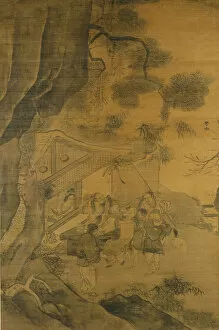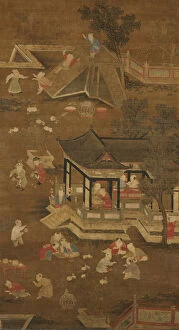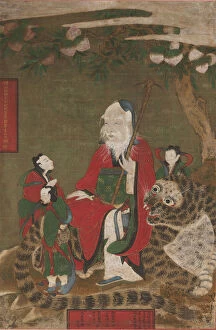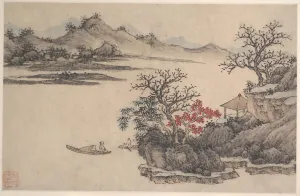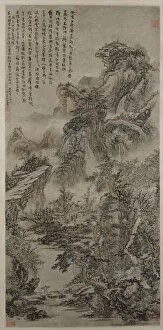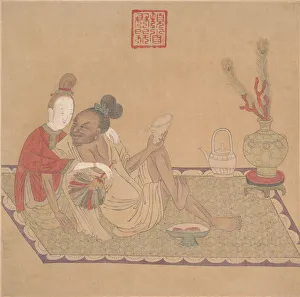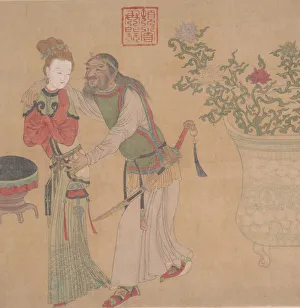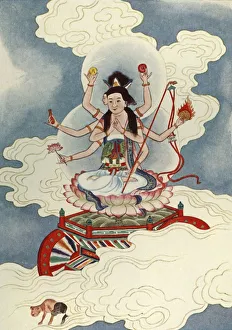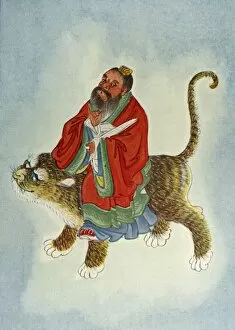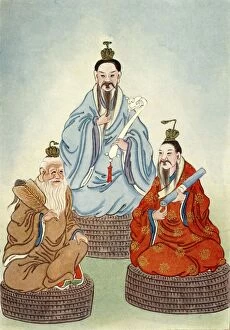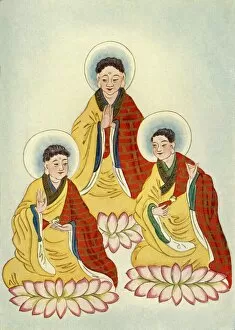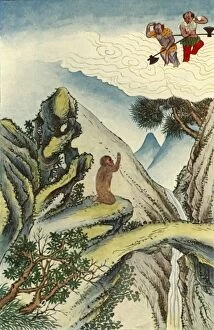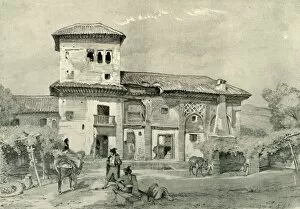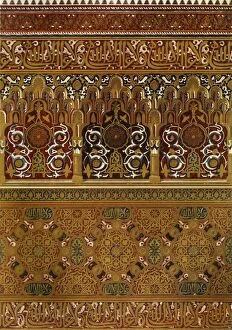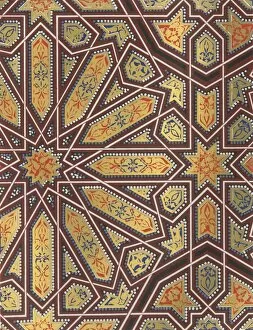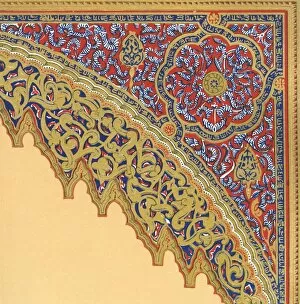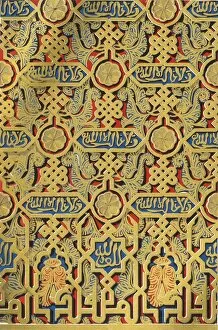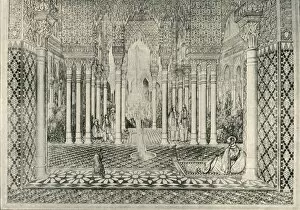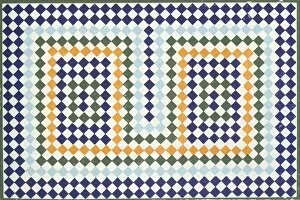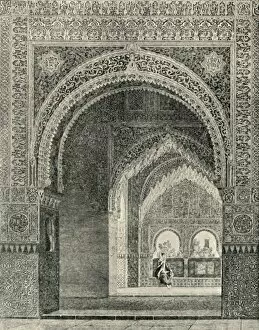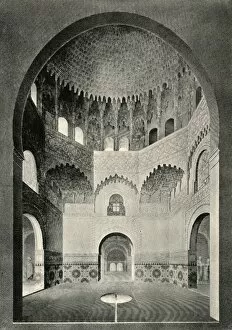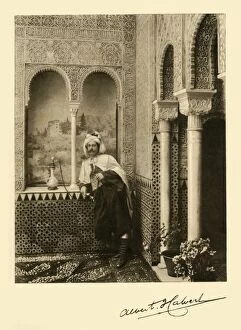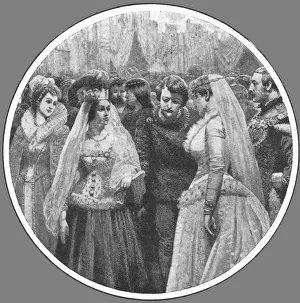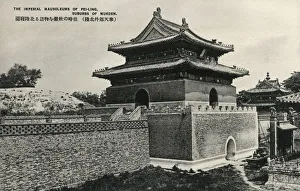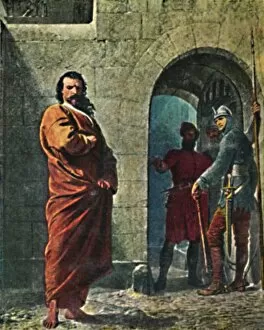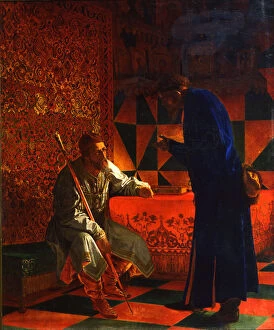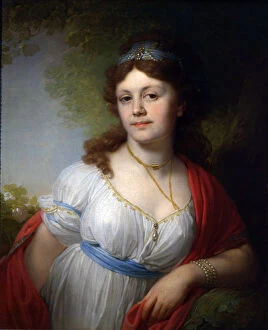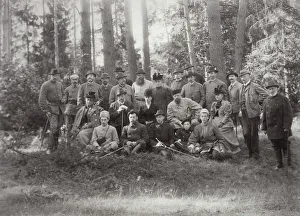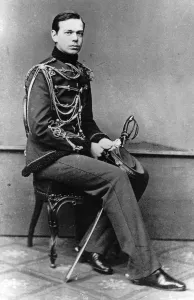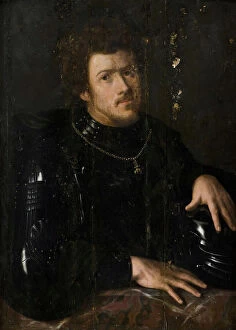Dynasty Collection (page 18)
"Dynasty: A Glimpse into the Tapestry of Ancient Legacies" Step back in time and immerse yourself in the grandeur of dynasties that shaped history
All Professionally Made to Order for Quick Shipping
"Dynasty: A Glimpse into the Tapestry of Ancient Legacies" Step back in time and immerse yourself in the grandeur of dynasties that shaped history. From the majestic bust of Marcus Aurelius, a revered Roman emperor whose reign left an indelible mark on civilization, to the captivating Nefertiti bust, a masterpiece of Egyptian art symbolizing beauty and power. Witness the splendor of Akhenaten, Nefertiti, and their three children depicted in an exquisite relief—a testament to Egypt's rich lineage. Marvel at the Royal Corgi family tree, tracing generations of loyal companions who stood by monarchs through thick and thin. Delve into ancient rituals with the Book of the Dead or Papyrus of Any—an intriguing glimpse into Egyptian beliefs surrounding life after death. Behold Tutankhamun's iconic golden mask, a symbol synonymous with opulence and royalty. Transport yourself to marshes teeming with life during Egypt's 18th Dynasty as you witness fowling scenes frozen in time—depicting hunting expeditions that sustained pharaohs' lavish lifestyles. Explore Angevin kings' vast holdings across France and Britain—a dynasty that wielded immense influence over two powerful realms. Admire Alexander III's greatness as King of Macedonia—an empire builder whose conquests reshaped nations far beyond his own borders. Uncover Pharaoh Amenhotep I's legacy—a ruler whose reign brought stability and prosperity to ancient Egypt. Immerse yourself in Persian Manuscripts from Safavid dynasty courts—exquisite works reflecting cultural richness during this remarkable era. These artifacts offer glimpses into dynasties long gone but never forgotten—their stories etched forever within our collective memory. Through these remnants from antiquity, we gain insight into how legacies are forged—and how they continue to shape our present-day world.


